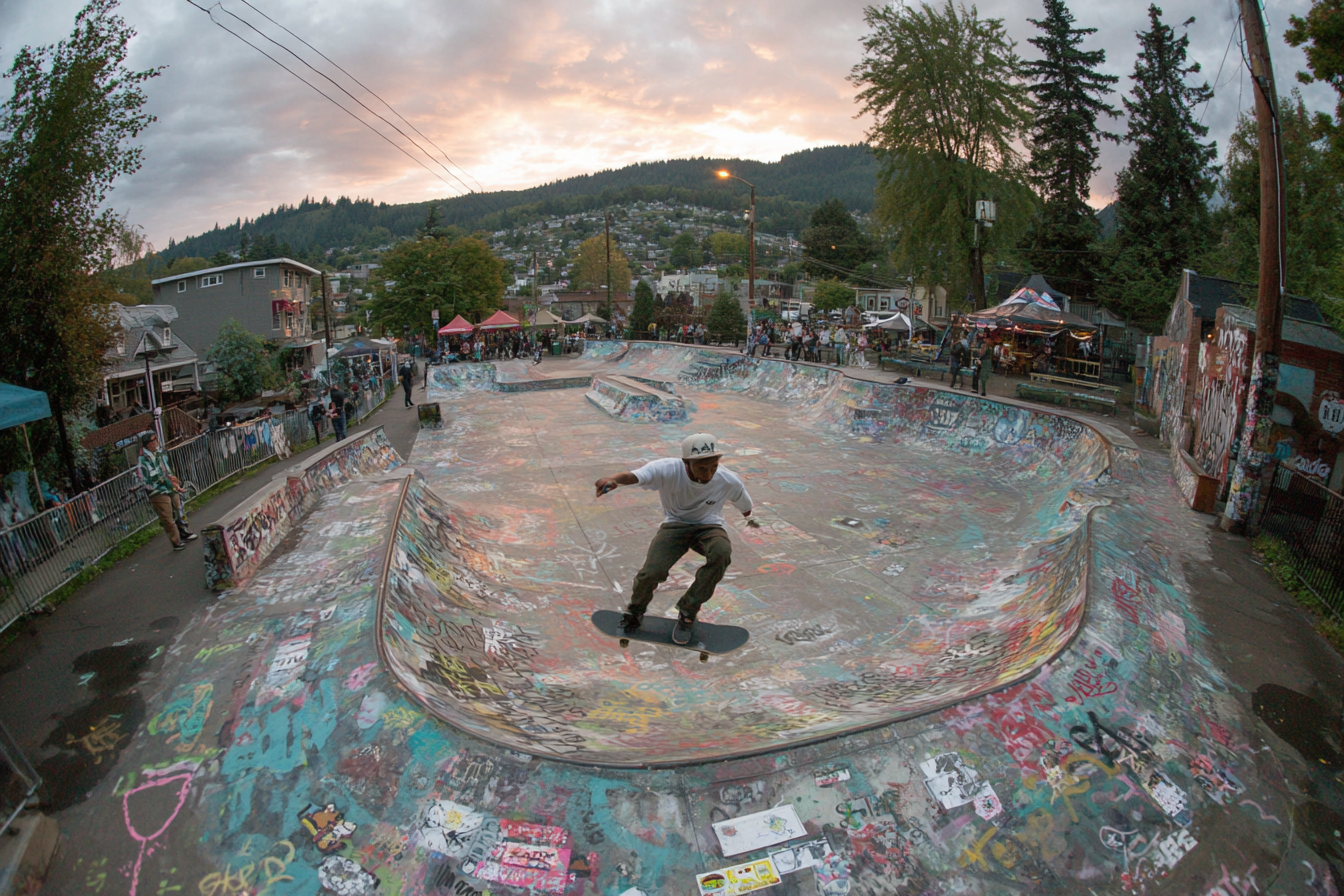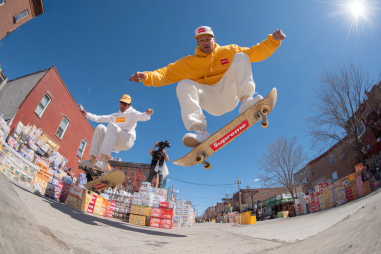Skateboarding is much more than just a sport or a way to get around; it’s a vibrant subculture rich with its own unique traditions, rituals, and social practices. These customs help skateboarders connect across generations and geographies, creating a strong sense of identity and belonging within the community. Whether it’s the shared lingo, the camaraderie found in skate sessions, or the symbolic rites surrounding competitions, the traditions of skateboarding culture fuel its dynamic spirit and enduring appeal.
Common Rituals and Social Practices Among Skateboarders
From the very first push on a skateboard, individuals entering the skateboarding world become part of a culture filled with specific rituals. One of the most recognizable traditions is the respect given at skate spots—whether this means giving way to someone attempting a trick or acknowledging a particularly skillful move with a nod or fist bump. Such gestures foster mutual respect and encourage positive interactions within the community.
Another common ritual is the way skateboarders celebrate landing a new trick or mastering a difficult line. It’s typical to hear cheers, applause, or exclamations like “That’s fire!” from friends, creating an atmosphere of support and motivation. Many skateboarders place emphasis on documenting sessions through photos or videos, often calling out “photo!” when someone lands a standout trick, signaling a chance to immortalize that moment.
Sharing gear and tips is also a long-standing practice. Whether it’s offering an extra set of bearings, showing a newcomer’s foot placement, or lending a board for a trick attempt, these acts underline the community’s cooperative spirit.
The Importance of Skate Sessions and Meetups
Skate sessions—where groups gather at skateparks or street spots—are at the heart of skateboarding culture. These meetups serve as social hubs where veterans and rookies alike bond over shared challenges and successes. Sessions provide more than just practice time; they’re spaces for storytelling, mentoring, and forging friendships.
In many cases, skate spots become regular meeting places, with each location developing its own lore and significance. Some spots are famously known for particular tricks they challenge, while others might be celebrated simply for their vibe or history. Regularly returning to these spots creates a rhythm and permanence to the community experience.
Moreover, impromptu challenges or “sessions” where skateboarders push each other to attempt risky tricks add a playful competitive edge. These spurts of friendly rivalry showcase skill while reinforcing bonds through shared experiences and collective encouragement.
Language, Slang, and Codes of Conduct in Skate Culture
One of the defining features of skateboarding culture is its unique language and slang, which have evolved over decades to express the nuances of tricks, gear, and attitudes. Words like “ollie,” “grind,” “ledge,” and “stance” are part of everyday vocabulary, but the culture also includes more playful and inventive terms such as “hobo slide” or “nose bonk.” This shared lexicon serves as a connector, making insiders feel part of a distinct, vibrant community.
Additionally, skateboarding culture maintains informal codes of conduct which, while unwritten, are widely respected. These include principles such as:
- Respecting other skaters’ turns, especially in crowded spots.
- Leaving spots clean and undamaged to maintain good relationships with local communities.
- Helping newcomers learn rather than discouraging them.
- Rejecting overt commercialism and disrespect for the sport’s roots.
Adhering to these standards strengthens the community’s integrity and encourages positive growth.
Traditions Linked to Skate Competitions and Events
Competitions and skate events are more than just showcases of talent—they are also social celebrations deeply rooted in tradition. Events often begin with warm-up sessions where skaters exchange tips and commemorate previous years through stories and photos. Award ceremonies tend to be informal and inclusive, sometimes focusing as much on attitude and style as on actual results.
Many competitions have specific rituals, such as the “skate off” format where skaters take turns trying to outdo one another’s tricks under time constraints. Celebrated events, like the Tampa Pro or the Street League Skateboarding series, have become ritualized gatherings that attract skaters worldwide, fostering a broader cultural exchange.
Another tradition at some events includes honoring skateboarding legends or community pillars, reinforcing the value the scene places on its history and the contributions of its members.
How Traditions Foster Community Building
At their core, the rituals and practices of skateboarding help create a sense of belonging among participants. Skateboarding culture thrives on its ability to build community, often turning strangers into lifelong friends through shared experiences.
Community building through traditions happens in several ways:
- Mentorship: Experienced skaters guide younger ones, passing on not only skills but also the cultural values that sustain the scene.
- Inclusivity: Traditions encourage openness and support, welcoming newcomers regardless of background or skill level.
- Local Identity: Regular sessions and spot-specific practices help communities develop their own unique flavor and stories.
- Shared Celebrations: Competitions, skate jams, and other events act as communal gathering points that reinforce social ties.
Through these mechanisms, skateboarding traditions ensure that the culture stays dynamic, welcoming, and resilient.
Modern Adaptations of Skateboarding Traditions
While many skateboarding traditions have deep roots, the culture continues to evolve in response to new influences and technologies. For example, social media platforms like Instagram and TikTok have transformed how skaters document and share their tricks, expanding the reach of skateboarding culture globally.
Virtual communities now supplement physical meetups, enabling skaters from diverse locations to connect, learn, and share experiences instantly. These online interactions create new forms of rituals, such as online challenges and video part premieres, which parallel traditional in-person sessions.
Moreover, the gear and styles embraced by skateboarders have diversified, yet many skaters remain committed to honoring foundational aspects such as deck art, DIY spirit, and grassroots event organization.
This blend of old and new traditions helps skateboarding maintain its unique identity while adapting to the changing world.
Keeping the Spirit Alive for Tomorrow’s Skateboarders
Skateboarding culture’s rich tapestry of traditions is a vital force in keeping the community vibrant and connected. As the scene grows and changes, preserving these rituals ensures that the core values of respect, creativity, and camaraderie endure.
For those new to skateboarding, embracing these customs means joining a global family bound by a shared passion and history. For veterans, passing down these traditions is a way to honor the past and inspire future generations. Together, these practices maintain the heart and soul of skateboarding culture, encouraging growth, innovation, and inclusivity for years to come.







